Apologies as we did not publish our weekly newsletter for the last two weeks as all our authors were entangled with other commitments.
In this issue let us look at how the year has been for Physics

The year 2024 has been an extraordinary one for the field of physics, marked by several groundbreaking discoveries and advancements that have pushed the boundaries of our understanding of the universe. Here are some of the most significant breakthroughs that have captivated the scientific community and the world at large.
Dark Energy is Decreasing
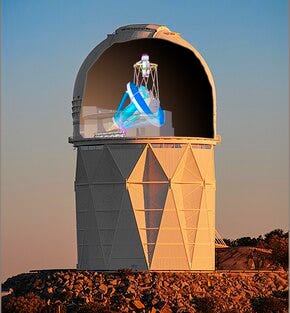
The most significant finding of the year came in April when physicists using the Dark Energy Spectroscopic Instrument (DESI) discovered a potential change in the strength of dark energy. DESI data suggests that the acceleration of the universe's expansion, driven by dark energy, may be slowing down. This unexpected observation challenges the prevailing model of the universe, Lambda-CDM, which assumes a constant cosmological constant representing dark energy. While the results are still preliminary, with a 3.5 sigma confidence level, the implications are profound. If confirmed, this finding could revolutionize our understanding of the cosmos and potentially lead to a Nobel Prize for the theorist who can explain it.
Supersolids: No Longer a Theoretical Paradox
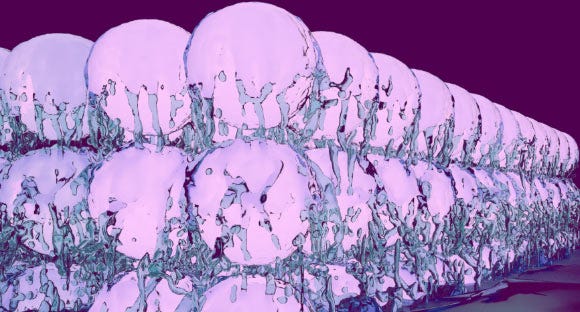
For decades, the existence of supersolids, a state of matter exhibiting both solid and superfluid properties, remained a theoretical curiosity. In 2024, scientists at the University of Innsbruck in Austria achieved a remarkable feat by creating a supersolid in the laboratory for the first time. Using dysprosium atoms cooled to near absolute zero and manipulated with lasers, the team created a crystalline structure that also flowed without friction, confirming the dual nature of a supersolid. This breakthrough has implications beyond condensed matter physics, with potential applications in astrophysics. Scientists believe that the inner crust of neutron stars may exist in a supersolid state, which could explain the phenomenon of glitches, where a neutron star's rotation speed briefly changes.
Quantum Geometry:
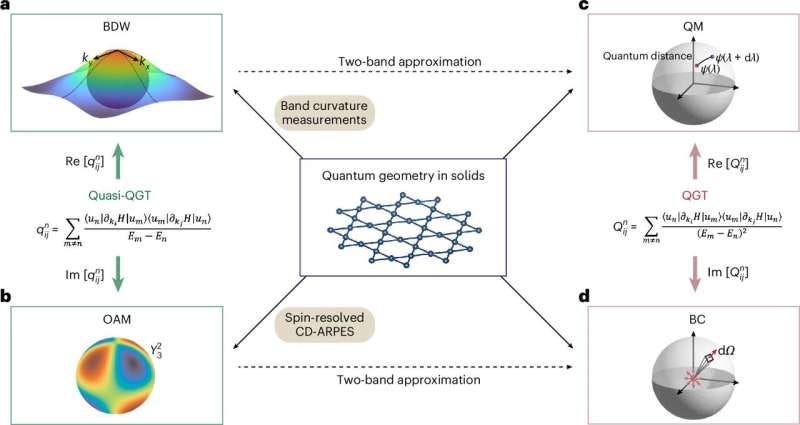
A significant leap forward was made in the field of quantum geometry, which aims to understand particle interactions through geometric shapes. Physicists Carolina Figueiredo and Nima Arkani-Hamed made a groundbreaking discovery by linking the geometry of shapes known as associahedra to the scattering amplitudes of real-world particles like pions and gluons. This work builds on the concept of the amplituhedron, a geometric object that encapsulates the probabilities of different outcomes in particle collisions. By finding specific points where the volume of the associahedron goes to zero, Figueiredo identified collisions that are forbidden for certain particles, revealing a hidden connection between seemingly different theories. This development marks the first time that amplitudes for real-world particles have been calculated geometrically, paving the way for more efficient and insightful ways of understanding the quantum world.
Advancements in Quantum Computing:
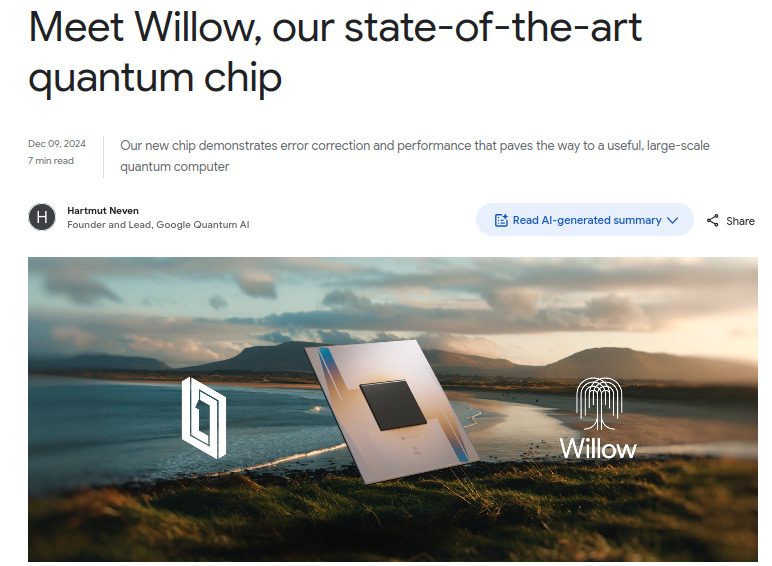
Google has developed a new quantum chip called Willow, which significantly reduces errors as it scales up, a major breakthrough in quantum error correction. Willow also performed a computation in under five minutes that would take a supercomputer 10 septillion years, demonstrating its potential for solving complex problems beyond the reach of classical computers. This achievement marks a significant step towards building commercially relevant quantum computers that can revolutionize fields like medicine, energy, and AI.
Laser Cooling of Positronium:
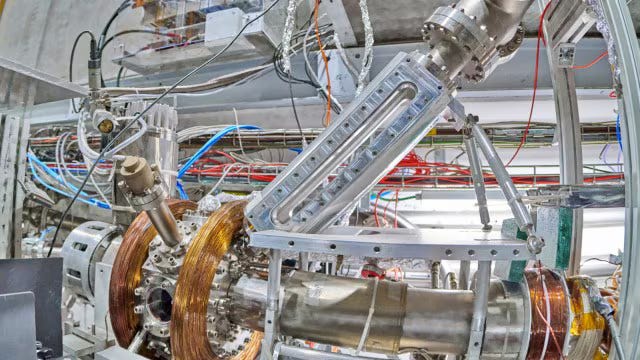
Two separate research groups successfully demonstrated laser cooling of positronium, an exotic atom made of an electron and a positron. This achievement will allow for more precise measurements of antimatter properties and could lead to new tests of fundamental physics.
Nobel Prize in Physics, 2024:
The 2024 Nobel Prize in Physics was awarded jointly to John J. Hopfield and Geoffrey E. Hinton "or foundational discoveries and inventions that enable machine learning with artificial neural networks". The prize recognizes their pioneering work in the development of artificial intelligence, a field that has revolutionized our understanding of the brain and led to the creation of powerful technologies that impact our daily lives.
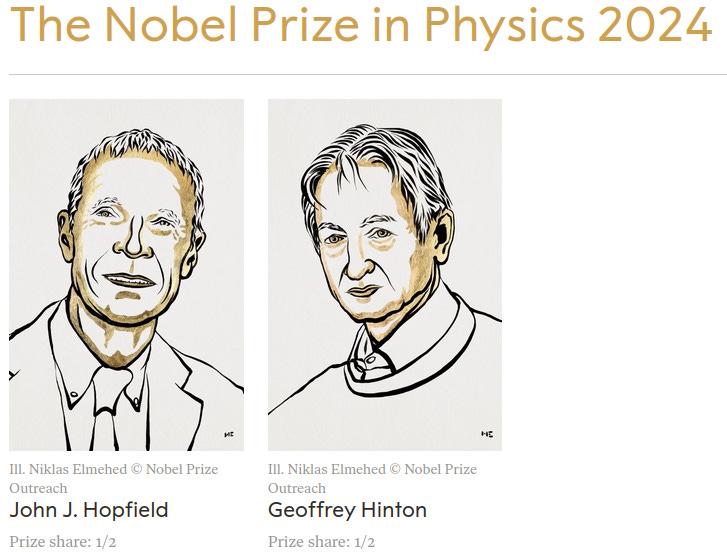
Hopfield and Hinton's research in the 1980s focused on creating rudimentary artificial neural networks, closely modeled on systems in statistical physics. Their work laid the groundwork for the modern AI revolution, leading to advancements in areas like image recognition, natural language processing, and self-driving cars.
This award highlights the increasing importance of interdisciplinary research, showcasing how insights from physics can have a profound impact on seemingly unrelated fields like computer science.
The Nobel Committee's decision to award the Physics prize to AI pioneers was met with surprise by some, but it reflects the growing recognition of the significant role that physics plays in understanding and developing advanced technologies.
These are just a few of the many exciting developments that have occurred in physics in 2024. As researchers continue to explore the universe at its largest and smallest scales, we can anticipate even more groundbreaking discoveries in the years to come. Stay Entangled!

